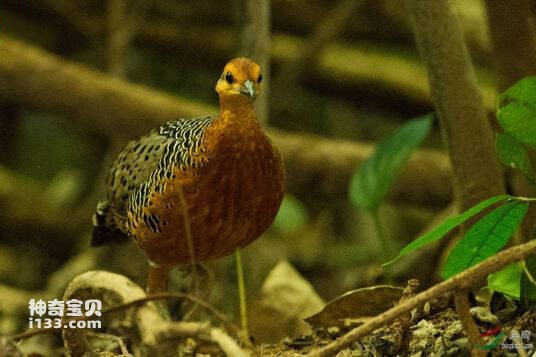Francolinus lathami
IUCN
LCBasic Information
Scientific classification
- name:Francolinus lathami
- Scientific Name:Francolinus lathami,Forest Francolin
- Outline:Landfowl
- Family:Chickeniformes Pheasants F.Partridges
Vital signs
- length:About 25 cm
- Weight:210-290g
- lifetime:No textual research information is available
Feature
Distribution and Habitat
It is found in central and southern Africa (including the southern Arabian Peninsula and the entire African continent south of the Sahara Desert (Tropic of Cancer).)
It generally lives in wooded meadows, with shrublands growing on sand dunes. Savanna, burned land and shrub land. They generally do not enter agricultural fields, but can occur frequently if there is no disturbance.
Appearance
The details are unknown.
Details
The Forest partridge Francolinus lathami, which lives in pairs or small groups, is a wild bird that will not fly unless it is in danger, but if it feels in danger, most of the time, it prefers to run around rather than take a forceful flight. He usually crouches down and adopts a fixed posture. Rest on the ground. Their gait is very characteristic, slow, leg bent half, the body is low, but the top of the head is resolutely erect. The genus species is well suited to living in arid regions and seems to have little dependence on permanent ponds. At the beginning of the breeding season, males make loud calls and are more aggressive. This genus is a land bird that feeds on insects, plant matter and seeds.

Forest partridges are monogamous. They dig a small hole in the ground for a nest, and then decorate it with grass blades and bedding. Bird nests are usually hidden under a rather large tuft of grass. The average clutch lays 4-5 eggs, but can usually range from 2-7 eggs. The eggs are pink to light brown in color. Given its wide range, the nesting season can vary greatly from region to region, but is almost always associated with the start of the rainy season.
Listed on the International Union for Conservation of Nature (IUCN) 2016 Red List of Threatened Species ver 3.1 - Not Threatened (LC).
Protect wild animals and eliminate wild meat.
Maintaining ecological balance is everyone's responsibility!








